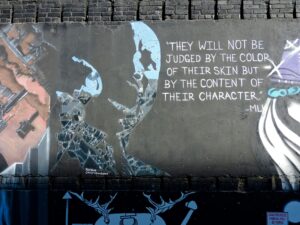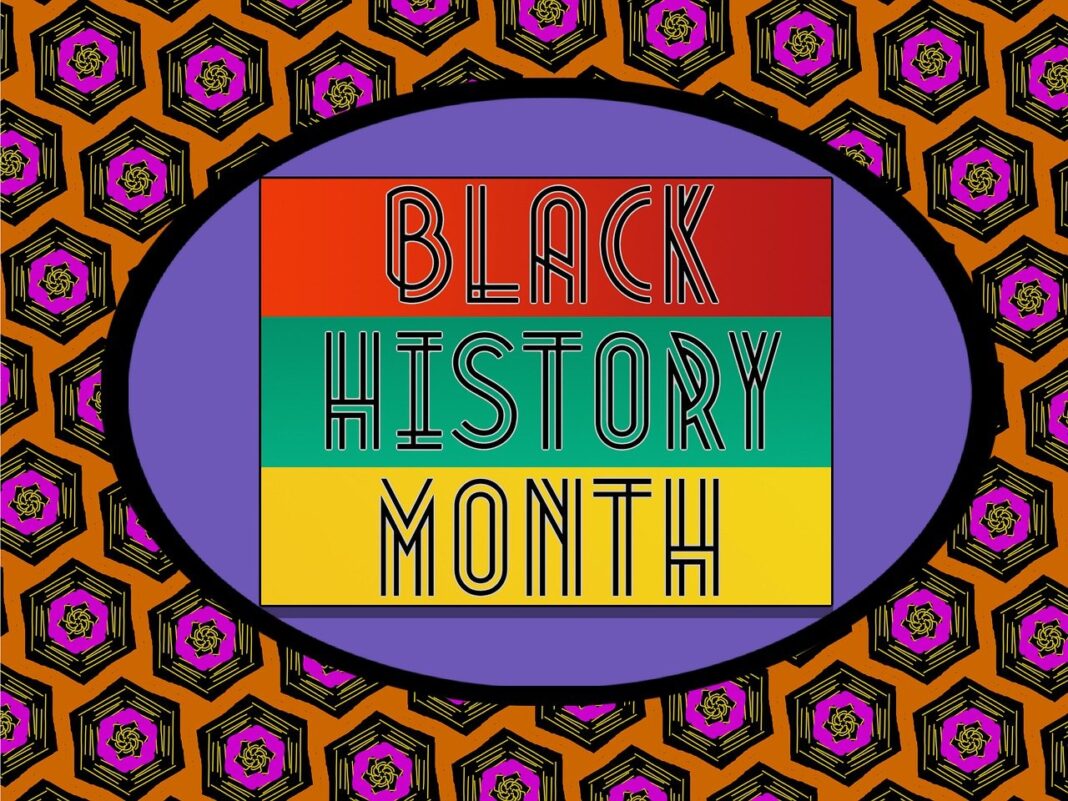To celebrate Black History Month, let’s take a closer look into a Black Canadian: Willie O’Ree!
Willie O’Ree was the first Black hockey player in the National Hockey League. He has a very interesting story that inspired diversity in the National Hockey League.
Willie O’Ree’s Childhood
Willie O’Ree’s grandparents came to Canada to escape slavery in the United States. As a result, Willie O’Ree was born in Fredericton and grew up as the youngest child of 13 children in New Brunswick. Unfortunately, in Fredericton, there were only two black families while he was growing up. As he was growing up, he began playing hockey when he was just three years old. Willie O’Ree instantly had a passion for hockey, and got into organized hockey by five years old. However, as he grew older, he began noticing the “color barrier,” which in simpler words, can be referred to as “racism.” This “color barrier” becomes more evident as he grows up, especially during his time in the NHL. By the time he was 15, he was playing for the Fredericton Flacons in the amateur hockey association for New Brunswick.

The Rise of WIllie O’Ree
Over the next few years, he progressed through the hockey system, leaving a very good record with one season in the junior ranks. Followed by the next full season in the senior ranks, and played in the Allan Cup tournament, where he scored seven points in seven games. When he was 19, he moved to Quebec for the 1954-55 season and played in the Quebec Junior Hockey League. From this season, he had 27 goals and 17 assists, accumulating to 44 points in 43 games. After that good season, Willie O’Ree unfortunately had an accident in the 1955-56 season. During a game, he was hit by a hockey puck, which broke his nose and cheekbone. The result of this accident was that he lost around 95% vision in his right eye.

However, despite being advised to stop playing hockey, he was back in ice two months after the incident. Willie O’Ree could tell anyone about his injury as NHL forbade players who are blind on one eye from playing. He continued to play hockey, and in the 1956-57 season, he became eighth in team scoring with the Quebec Aces. Despite being blind in one eye, he went on for two more season with the Aces. The Quebec Aces had a history of racial integration, in spite of “color barriers.” During the 1957-58 season, the Aces formed a relationship with a NHL team called the “Boston Bruins.” This relationship allows the NHL team to call up players from the Quebec Aces anytime. In fact, Willie O’Ree was called up to the team and made history by becoming the first Black hockey player to play in the NHL.

His Main Challenge In The NHL
Despite his title as the first Black player in the NHL, and later, the first Black hockey player to a score a goal in the NHL, he was given little attention for it. He wasn’t mentioned in any major newspaper articles and “was greeted with no emotion, no applause…”. Because Montreal was already familiar with Willie O’Ree as a player, he wasn’t given much attention for his historical debut. William O’Ree went on to play for 14 more years. However, despite having good records, he experienced racial taunts from opposing fans and players. To this day, Willie O’Ree was adamant that these discriminations mostly occurred in the US, and not in Canada. Although it was really rough for his career, same as one of his brothers, he was able to go out on the ice, stay focused, and try his best.

Willie O’Ree’s Honorable Actions and Awards
Willie O’Ree retired hockey in 1979. Eventually, he became the NHL’s director of Youth Development and also became the first Diversity Ambassador in 1998. As the ambassador, he was able to champion diversity and inclusion among hockey programs. Along with that, he was able to teach 120 000 children how to play hockey. Following his retirement of hockey and his work towards fostering hockey for young people, he was recognized for his dedication and outstanding services with incredible awards.

In 2003, Willie O’Ree received the Lester Patrick Trophy for his incredible services to hockey in the United States. After that, in 2010, he received the Order Of Canada for his services towards youth development and promotions of hockey across North America. Similarly, he received the Order of New Brunswick, after being placed in their hall of fame in 1984. Along with being placed in their hall of fame, Willie O’Ree was inducted to the Hockey Hall of Fame in 2018. Last, but not least, in 2021, the Bruins honoured him by retiring his jersey number.

-Willie O’Ree’s jersey number: 22
Conclusion and Final message
Willie O’Ree has had a lot of challenges during his hockey career. From starting with amateur associations in New Brunswick to playing in the NHL to teacher children how to play hockey, his career has certainly went far. As shown from the awards, he has officially been recognized as a historical skilled hockey player. He is an inspiration towards all hockey players. Willie O’Ree has been honoured for his incredible dedication and outstanding services to the game of hockey. By remaining strong against discrimination during his time in the NHL, he was able to go far, leaving a strong legacy in the NHL. As you celebrate Black History Month, please honour Willie O’Ree, the first Black hockey player to play in the NHL.

Images: 1 (Featured Image), 2 , 3 , 4 , 5 , 6 , 7 , 8
Image of Willie O’Ree: click here

